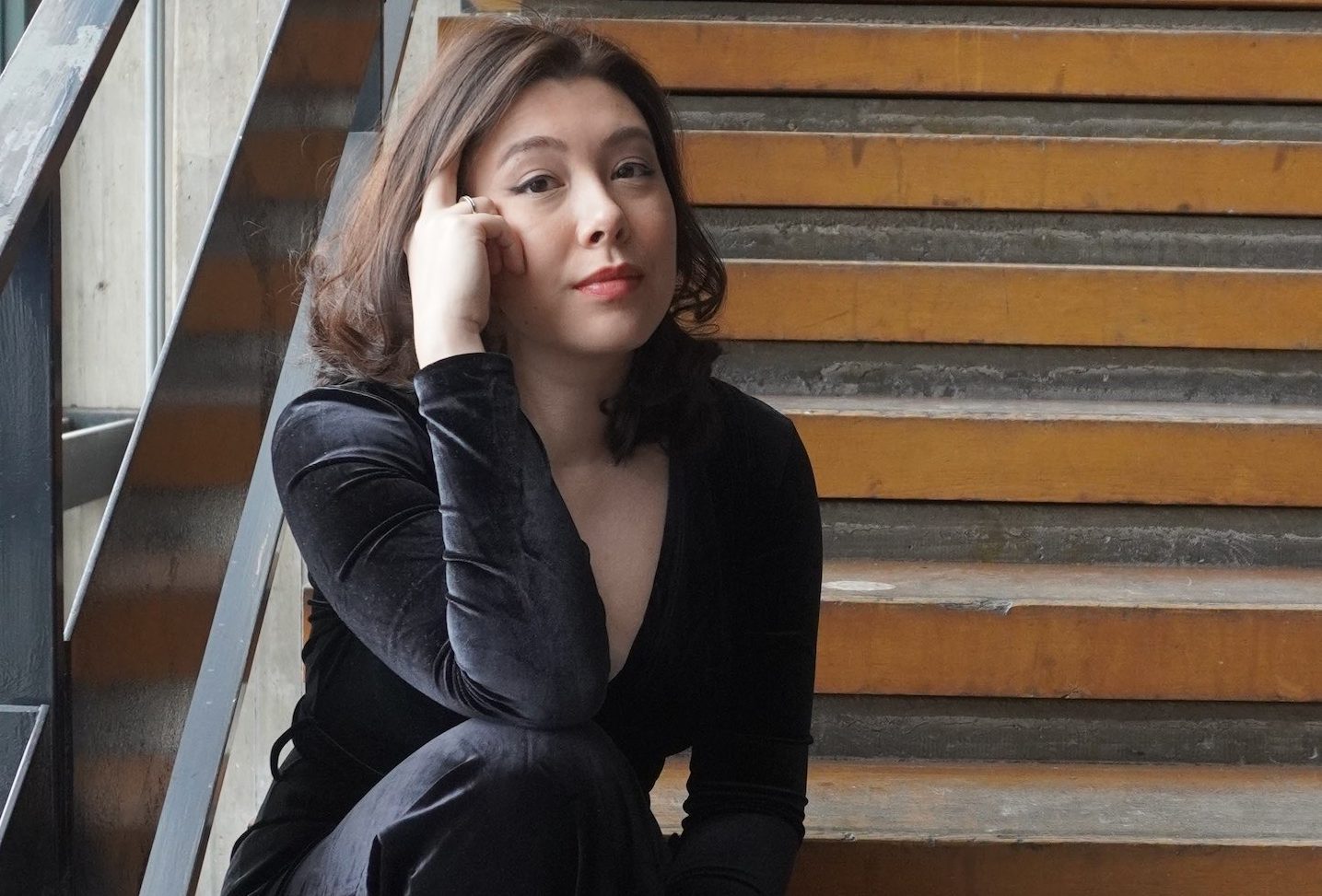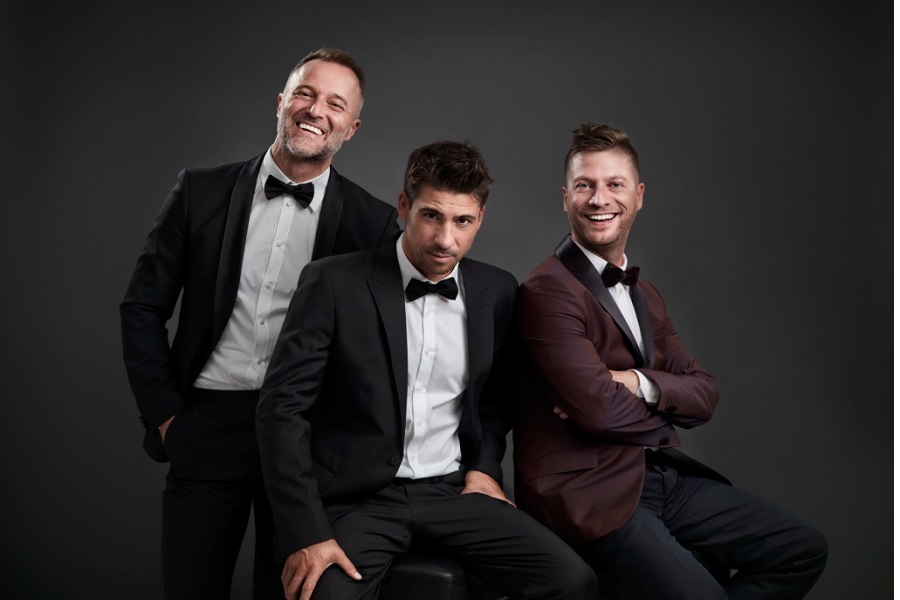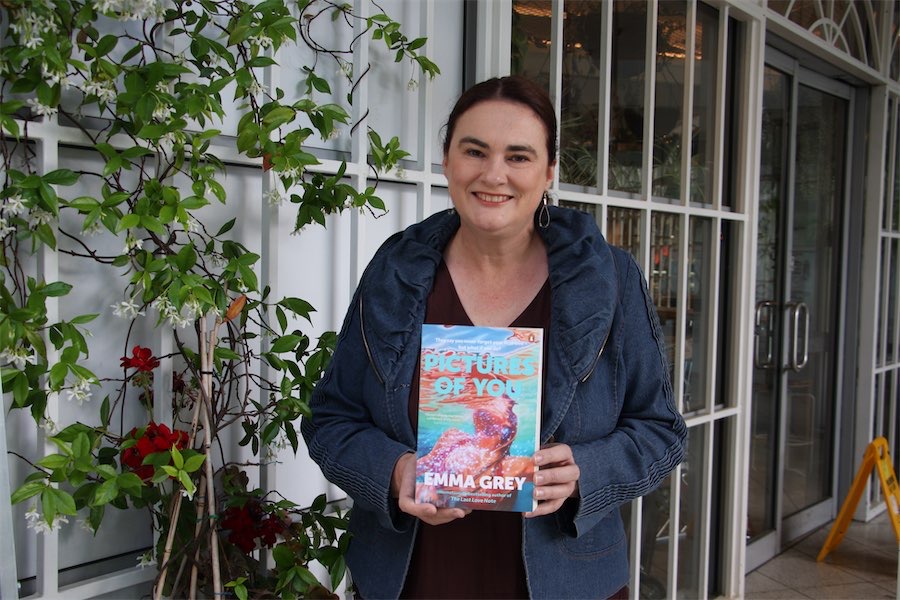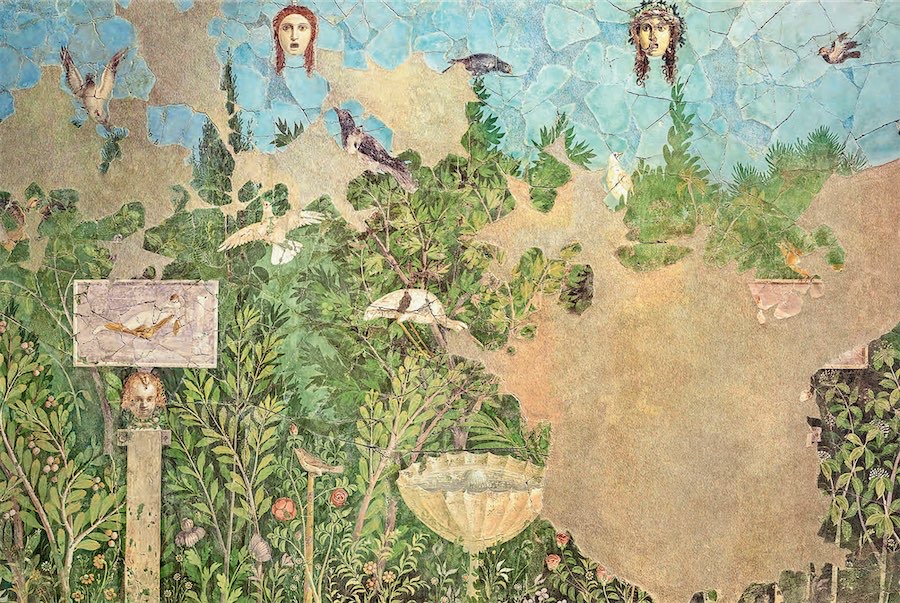
Music / “Electric Blue”, Canberra Symphony Orchestra. At Llewellyn Hall, April 26. Reviewed by GRAHAM McDONALD.
THERE was little, if anything, to be critical about in the finely conceived and exquisitely played concert from the Canberra Symphony Orchestra under the direction of Jessica Cottis.
Two world premieres of new Australasian works were balanced against two late 19th century classics by Russian composers with the pairings working remarkably well. The two new works were modern and very listenable, without veering into atonality or anything too radical.
The concert had an underlying theme of “Blue”, which was used in various ways. The first work on the program, by NZ/Australian composer Miriama Young, entitled “Kinds of Blue”, was inspired by several paintings by American Mark Rothko and featured shimmering strings punctuated by dense chords from the winds and brass. A most attractive piece of music.
This was followed by Alexander Scriabin’s “Piano Concerto in F sharp minor, Op.20” written in 1896 and performed by young Australian pianist Sine Winther. The piano part seems curiously secondary to the orchestra for much of it with a more dominant role in the second movement while the orchestra takes over again for a big ending. Winther played confidently and fluidly throughout well supported by a wonderful liquidity to the strings.
The second half of the concert began with the other new work, “Beyond the ridge, the ranges far” by Harry Sdraulig for orchestra with solo cello played by the CSO principal cello Patrick Suthers. This work was commissioned by Gisela Pullen and Karl Gordon for the CSO and reflects their love of the mountainous terrain of this district.
The work rises and falls in the way of of hills and valleys, with short melodies from the cello that built into loud orchestral sections before falling away again.
Again, a most satisfying new piece of music and curiously in much the same kind of structure to Rimsky-Korsakov’s “Scheherazade” which followed it.
This is a big orchestral work, where every section in the orchestra is allowed to shine, but at the same time with quiet solo sections, such as concertmaster Kirsten Williams’ solo violin sections with Georgia Lowe’s harp to suggest “Scheherazade’s” storytelling.
What was noticeable was how much the orchestra was enjoying playing this music. At one point the second violins and violas had a section of pizzicato playing and the leaders of each section were intently watching each other with big smiles to get the two sections precisely in sync.
It was this level of attention to detail, inspired I suspect by conductor Cottis, as well as the obvious camaraderie of the musicians that made this such an enjoyable evening of music.
Who can be trusted?
In a world of spin and confusion, there’s never been a more important time to support independent journalism in Canberra.
If you trust our work online and want to enforce the power of independent voices, I invite you to make a small contribution.
Every dollar of support is invested back into our journalism to help keep citynews.com.au strong and free.
Thank you,
Ian Meikle, editor




Leave a Reply